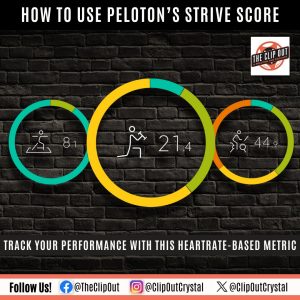Discover the Ideal Retail Space for Lease to Grow Your Business

Location isn’t about traffic counts. Or signage. Or rent brackets. It’s about context. One café I studied opened on a street with thousands of passersby daily. Sales flatlined. Why? Everyone was in transit—commuters, not browsers. Meanwhile, a tiny shop around the corner, near a small theater, thrived. Foot traffic was lighter, but people came specifically to linger, explore, and spend. The right retail space for lease doesn’t just draw crowds—it draws attention from people already primed for your product.
Think beyond numbers. Look at patterns: when do people pause, where do they stand, what stores do they already trust nearby? If your potential customers feel at home even before stepping inside, you’ve already won half the battle.
Reading the Streets
Walking the streets is better than spreadsheets. Observe. Wait. Watch. Notice the rhythm of the neighborhood. Lunch-hour rushes, evening strolls, weekend families. Every detail matters. The shop near the subway may seem prime—but who’s stopping to browse when everyone is late for the train? Meanwhile, a quiet cul-de-sac, overlooked by analytics, can become a haven for loyal customers.
And then there are the hidden patterns: dog walkers, cyclists, teenagers loitering, delivery vans blocking entrances. These seemingly minor factors shape revenue far more than obvious “main street exposure.”
Neighborhood Dynamics
Neighbors tell stories before you do. A chocolatier next to a wine shop saw his best sales after relocating, because the customer journey became intuitive: chocolate and wine together. But proximity to wrong neighbors can quietly sabotage your brand. Discount stores can make a premium shop feel out of place. Your space communicates long before your brand does.
Check the “neighbor vibe.” Not the type of stores alone, but the people they attract. Who stops, who lingers, who buys. This subtle alignment is what separates a business that barely survives from one that grows organically.
Size, Layout, and Hidden Costs
Size isn’t a formula—it’s a dialogue. Too big, and rent eats profit before the first sale. Too small, and customers feel constrained. But beyond that, layout shapes behavior. A narrow aisle can discourage exploration. A poorly placed display hides your best product. Lighting and ceiling height affect mood. Customers might not consciously notice, but they feel it.
Hidden costs are where many fail: delivery access, waste management, internet strength, HVAC efficiency. These aren’t glamorous, but they quietly erode profit. A retail space that looks perfect on a visit may demand hidden compromises once operations begin. Think long-term. Ask “what might fail here?” not just “how does it look?”
Technology and Customer Flow
Digital integration isn’t optional. Fast, stable internet, POS reliability, and modern security are essentials. But equally critical is understanding flow: how do customers move from door to display to checkout? How intuitive is the experience? How much friction do they encounter?
Sustainability, surprisingly, influences perception. LED lighting, efficient climate control—these cut costs but also communicate thoughtfulness. Customers sense it. They don’t always articulate it. But it affects return rates and loyalty.
Emotional and Brand Alignment
Your space tells a story long before a product is seen. A minimalist downtown shop conveys speed, modernity, efficiency. A rustic warehouse shop communicates craft, care, authenticity. Neither is inherently superior. But the story must align with your brand identity. Customers feel dissonance instantly; it undermines trust.
Successful retail spaces create subtle emotional resonance. A store might feel “homey,” “adventurous,” or “luxurious” without signs or ads. These feelings drive repeat visits. Emotional alignment is often more critical than product placement or even location.
Final Thoughts
Choosing a retail space is far more than a transaction. It’s observation, intuition, foresight, and sometimes gut instinct. The right retail space for lease is one that aligns with customer behavior, complements the surrounding environment, supports operational needs, and echoes your brand’s story. Perfect spaces don’t exist—but the right one sets the stage for growth, experimentation, and lasting customer relationships.
Walls, floors, and windows? They’re the beginning. The real investment is in the invisible: flow, perception, and connection.









